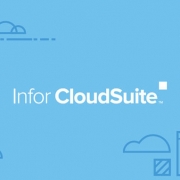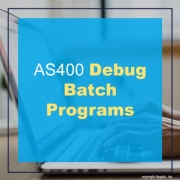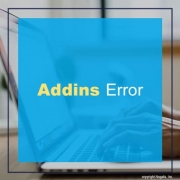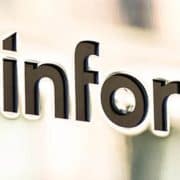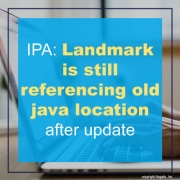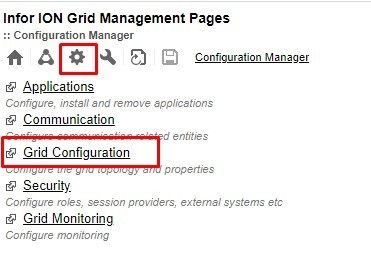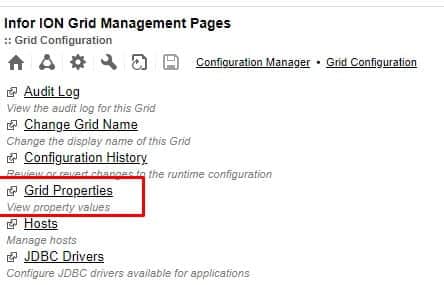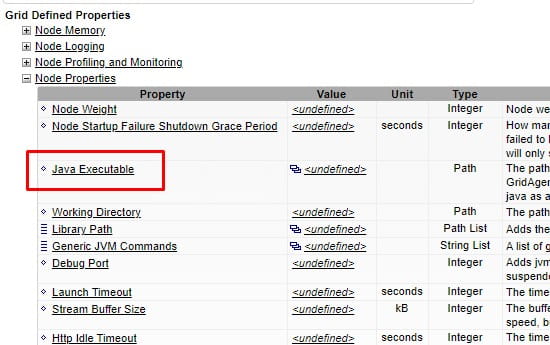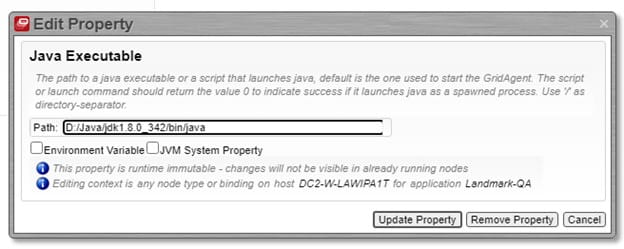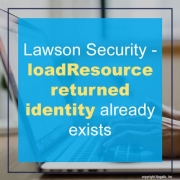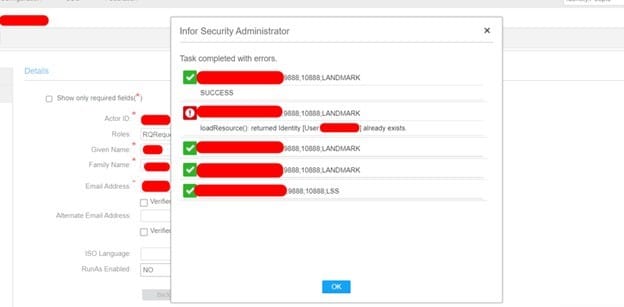Infor recently announced that Palais des Thés, the French house known for its exceptional teas, has opted to move its enterprise resource planning (ERP) system to the Cloud with a pair of Infor suites. The first suite Palais des Thés chose was Infor CloudSuite Distribution Enterprise, a cloud-based ERP platform with features designed and developed for the food retail sector. Second, they chose the Infor Factory Track module, a solution for automating and simplifying stock and production operations that manages automation in factories and warehouses, from receipt of raw materials to processing and packing to dispatch of finished products, while integrating inventory, operations planning, and the associated work and attendance times. Per the press release, this project, which launched in the beginning of 2022, aims to provide Palais des Thés with the management system needed to support its strong growth, while moving it towards greater standardization, and addressing major challenges of warehouse and logistics management. With a decade old ERP that wasn’t adaptable to their new company size and scale, Palais des Thés needed to upgrade their system, and Infor was the one they wanted. Moreover, Philippe Maillet, Infor’s sales director for SMB & channel in France, says of the project, “We are happy to count among our customers a reference like Palais des Thés, a fine brand that respects the values of this new world and has been able to withstand the difficulties of the past two years. Deployed in a multi-tenant cloud environment hosted by Amazon Web Services (AWS), our CloudSuite should enable their young and dynamic teams to focus on their core business and on higher value-added tasks.”

